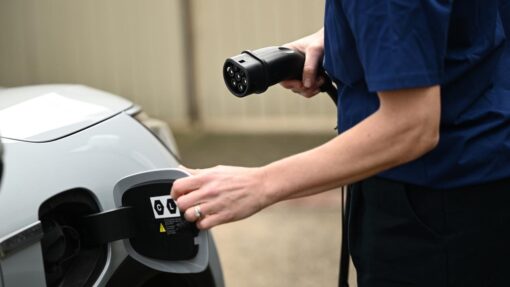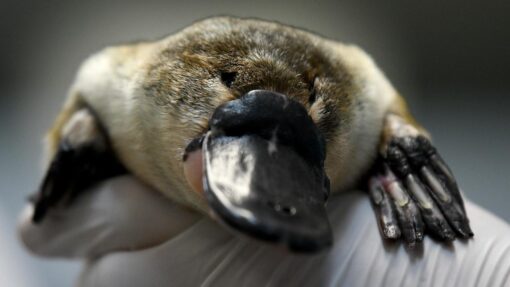Is your child’s playground risking their health and harming the Great Barrier Reef?
Suellen Hinde - Queensland Editor |
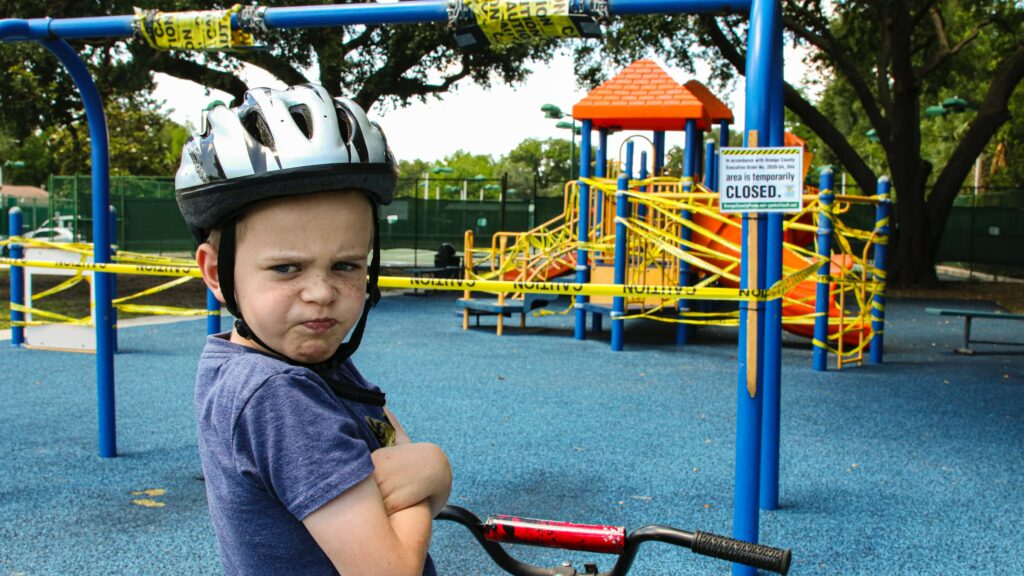
Shredded tyres used in soft surfaces in playgrounds across Queensland are breaking up and becoming a toxic risk to human health and waterways, particularly the Great Barrier Reef.
There are 48 million waste tyres generated in Australia each year and the Federal Government is investing in solutions to address the waste by shredding tyres into ‘rubber crumb’ to build playground surfaces and infill artificial turf.

But an organisation dedicated to the removal of marine waste says it is not an appropraite solution and is instead harming the Great Barrier Reef.
There is also evidence that tiny crumbs are being ingested by children before it disperses.
“This product might help solve a problem with tyre disposal, but no one is asking if it is fit for purpose,” Tangaroa Blue CEO Heidi Tait said.
“Tyres are a big waste problem, but we are trying to raise awareness that this solution may create other problems.”
A new study shows each rubber crumb playground releases an estimated 1.2 million crumbs into the immediate environment, while other research suggests tyre chemicals may have toxic health effects on both marine and human life. Crumb is made up of small pieces of rubber 1-5mm in size.
Ms Tait said use of rubber crumb in playgrounds and synthetic sports fields has been around for over a decade, but there has been a recent increase in investment in this product to try and deal with the waste problem.
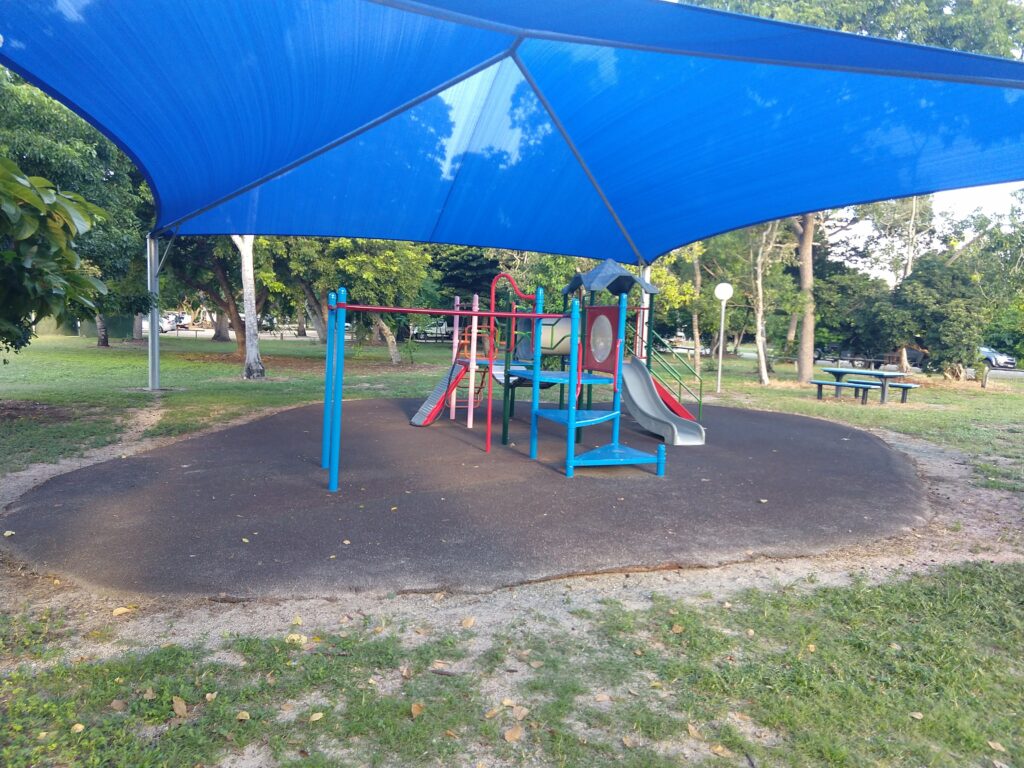
She said governments at both levels were encouraging local government authorities to procure recycled products like rubber crumb to use the stock of old tyres.
“An example is the two year-old Hercules Park, in Hamilton, Brisbane which has a large rubber crumb area, after one month it started to show signs of degradation,” Ms Tait said.
“Sunlight, abrasion during use and every time it is comes into contact with a lawnmover or whipper snipper, chunks are coming off.”
“These chunks of rubber crumb were escaping into the park’s stormwater drains and the into the Brisbane River. This was reported to both Council and the State Government with a proposal on vacuuming the waste up during their weekly maintenance duties.”
“We know that research is suggesting that these toxins are bad for marine life and they could also have an impact on human health.
“Children can put it in their mouths and inhale it or ingest it – of the 306 chemicals that make up rubber crumb, 197 are suspected to be carcinogenic.”
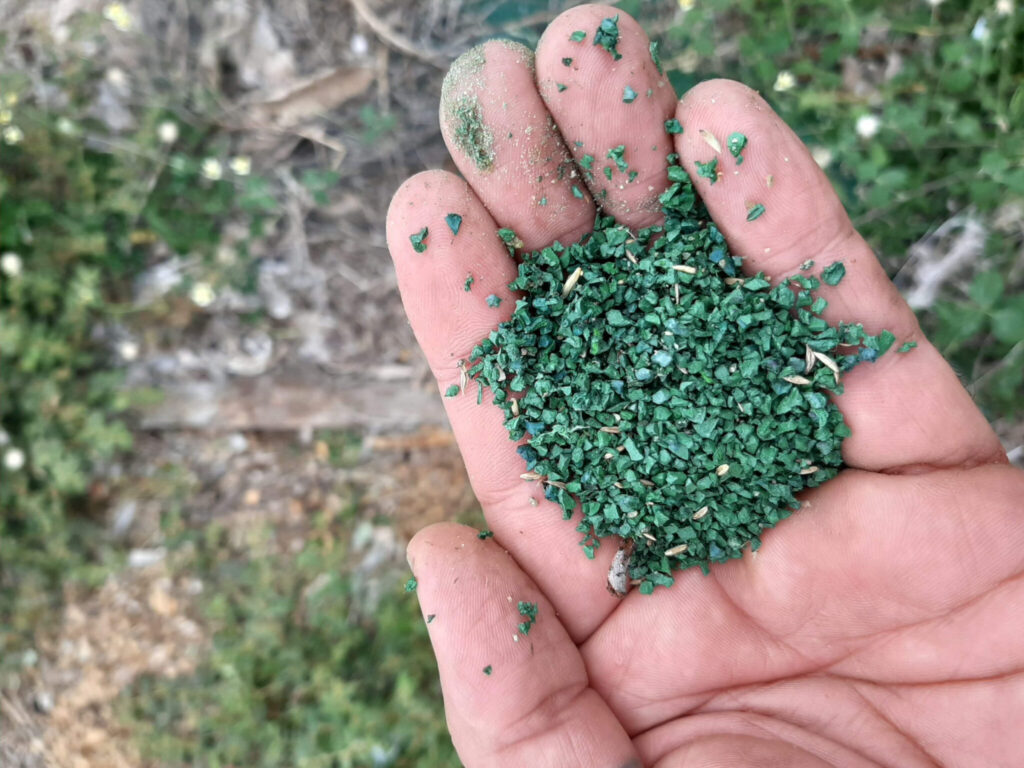
Ms Tait said limited information exists on the potential loss and impacts associated with local sites and with the Great Barrier Reef considered a sensitive ecosystem, a focus on this is considered a priority.
As part of the ReefClean project, Tangaroa Blue Foundation and AUSMAP developed a source reduction plan to quantify the amount of rubber crumb escaping from playground surfaces, and are working with councils to identify ways to reduce the loss of rubber crumb into the Great Barrier Reef.
“We have received positive feedback from some of the councils listed in the report, with remediation occurring in the Cassoway Coast and Whitsundays regions, and confirmation from other councils, including Cairns Regional Council, that they don’t use this product due to it not being fit for purpose, particularly in the tropics.” Ms Tait said.
“The purpose of recycling tyres into rubber crumb was to divert it from landfill, although this report is showing that the rubber crumb is degrading to a point that it needs to be removed and will end up in landfill anyway. Unfortunately, this added an additional opportunity to cause environmental harm, and the product now is contaminated which makes further recycling extremely complicated.”
The Queenslander asked the Federal Minister for the Environment Sussan Ley for comment 24 hours ago but no comment has been received.

